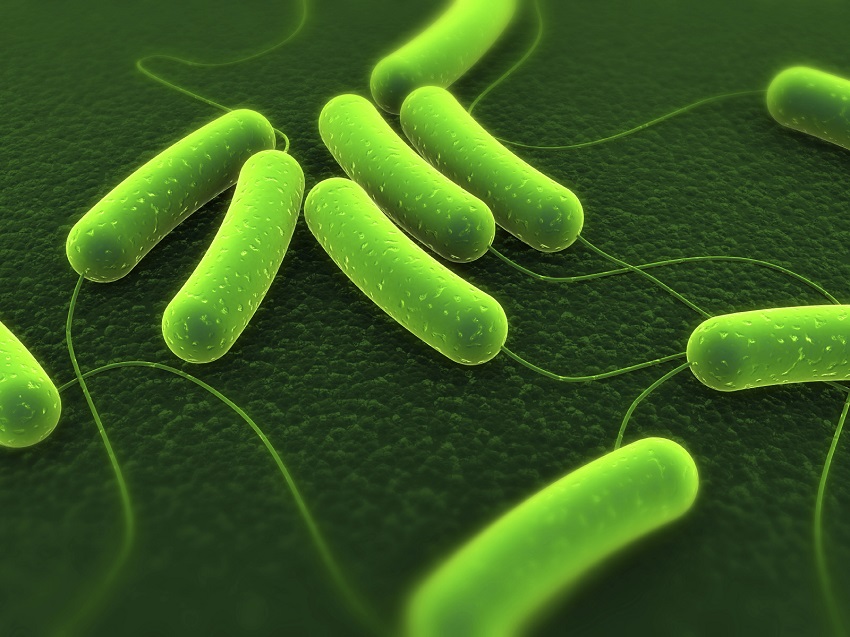We've developed a polymer based coating for implantable medical devices that prevent bacteria from sticking to the surface and forming into a biofilm antibiotics can’t penetrate.

Bacteria close up.
Around the world 700,000 people die of drug resistant infections a year, and that figure could rise to 10 million a year by 2050. The resulting financial cost is predicted to reach $100 trillion USD. It’s a global problem with no easy solution – but Dr Berkay Ozcelik is working on it.
A Postdoctoral Fellow in our Manufacturing business unit, Berkay’s research has taken him from potentially restoring sight to millions of people, to working on a way to save millions of lives.
While a student at University of Melbourne, Berkay developed a special film that may help repair damaged corneas and reduce the need for donors. As a result he was named the 2016 Victorian winner of the “Fresh Science” program to promote research and discovery. Now with CSIRO, Berkay continues to work on ways to improve medical science, focussing on preventing infections resulting from medical device use.
One solution to reduce the emergence of “superbugs” is to minimise antibiotic use by preventing bacterial infections associated with medical devices from occurring in the first place.
Enter Dr Ozcelik. By incorporating multiple defence mechanisms, he’s developed a polymer based coating for implantable medical devices that prevent bacteria from sticking to the surface and forming into a biofilm antibiotics can’t penetrate.
“Modern medical science uses implantable devices including catheters, endotracheal tubes, and device drivelines,” says Berkay.
“They help in the treatment and recovery of patients and save countless lives but as they enter the body, their surfaces can also serve as a platform for bacteria to grow and infect the patient.”
“Our novel polymer coating provides multiple layers of defence to stop this. Tests have shown it reduces bacterial colonisation on surfaces by more than 99 per cent.”
This polymer coating has been specially designed using biocompatible polymers, and synthetic peptides that stops bacterial cells but doesn’t harm human cells or blood. Unlike other coating methods currently available, Berkay’s doesn’t involve several complex steps, an oxygen free environment or toxic solvents to bond.
“It’s a one step process using commercially available precursors”, Berkay said. “It’s as simple as spraying or otherwise applying the coating on medical equipment, then letting it dry. That’s it. You shouldn’t have to reapply the coating at all.”
Here is a short video of Berkay explaining his work:
To find out more about our work in this field, you can check out our website.


Pingback: Stopping superbugs with a protective coat - CSIRO - BioMelbourne Network
15th August 2016 at 4:44 pm
Probably a stupid question, but could this coating, or a modified version, be beneficially applied to organs before a transplant operation, maybe to prevent rejection?
16th August 2016 at 12:36 pm
Hi Frank, we passed your question on to Dr Berkay Ozcelik and this is his reply:
“My answer would be no, I mean it would be possible to apply to coating to any surface, however:
1) The urgency of the transplant and the conditions required for the coating would not allow the time for the coating. The transplant would not be viable after coating due to the conditions.
2) Most importantly tissue rejection is a much more complex issue and a simple coating would not stop it.”
We hope this helps.
Cheers,
Ellen
CSIRO Social Media
16th August 2016 at 4:24 pm
Thanks for your time Ellen, I thought my question was a trite offhand, but you never know – sometimes queries can stir up interest in other possible applications.
16th August 2016 at 8:08 pm
Absolutely agree, we’re always happy to answer your questions Frank!